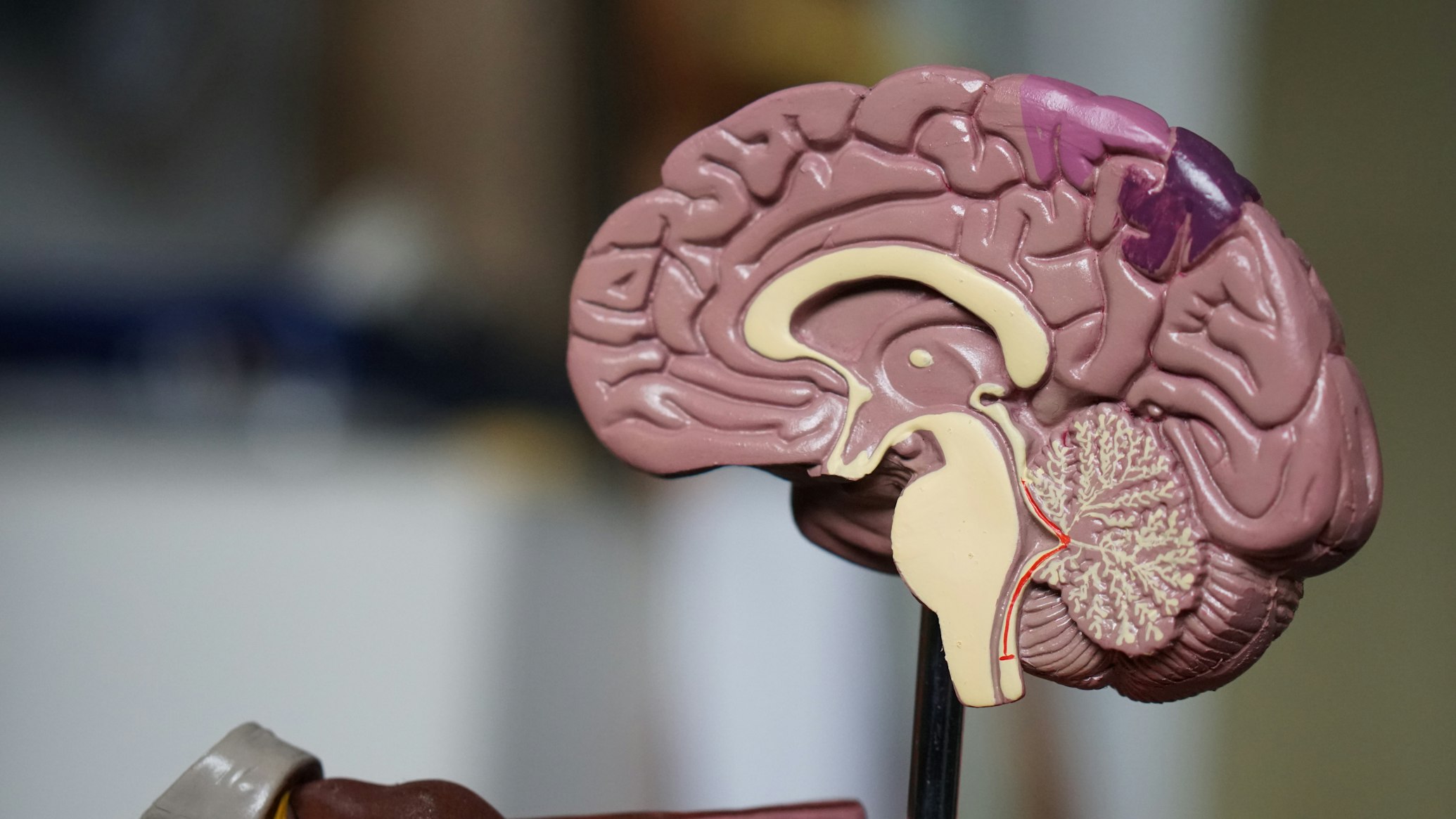· Injury Recovery · 5 min read
Best MCL Injury Treatment Options: A Comprehensive Guide to Recovery
MCL injuries are often misunderstood and undertreated. Unlike ACL injuries that typically require surgery, MCL tears can often heal with conservative treatment - but only if you choose the right approach for your specific injury.

TL;DR - What You’ll Learn
MCL injuries are often misunderstood and undertreated. Unlike ACL injuries that typically require surgery, MCL tears can often heal with conservative treatment - but only if you choose the right approach for your specific injury.
After analyzing hundreds of MCL injury cases and treatment outcomes, I’ve put together this comprehensive guide. No marketing speak, no one-size-fits-all solutions, just evidence-based treatment options and the factors that determine success or failure.
Key takeaways:
- MCL injuries fall into three grades, each requiring different treatment approaches
- Conservative treatment works for most Grade 1 and 2 injuries
- Success depends on proper diagnosis, treatment selection, and rehabilitation compliance
- Hidden factors include injury mechanism, patient age, and activity level
The Three-Grade Reality of MCL Injuries
Think of MCL injuries like software bugs - they have different severity levels, and the fix depends on the specific problem. Grade 1 is a minor bug that needs a quick patch, Grade 2 is a moderate issue requiring more attention, and Grade 3 is a critical failure that might need a complete rewrite.
Grade 1: The Minor Sprain (Conservative Treatment)
These are your “quick fixes” - the MCL is stretched but not torn, like a minor software glitch that resolves with a simple restart.
Characteristics:
- Minimal pain and swelling
- Slight tenderness on the inner knee
- No instability or giving way
- Normal range of motion
Treatment Approach:
- Rest, ice, compression, elevation (RICE) for 48-72 hours
- Gradual return to activity as tolerated
- Physical therapy focusing on strength and flexibility
- Return to sport in 1-3 weeks
Success Rate: 95%+ with proper treatment Recovery Time: 1-3 weeks
Grade 2: The Partial Tear (Conservative with Caution)
These are your “moderate issues” - the MCL is partially torn, requiring more structured treatment but still often manageable without surgery.
Characteristics:
- Moderate pain and swelling
- Clear tenderness on the inner knee
- Slight instability with stress testing
- Some limitation in range of motion
Treatment Approach:
- Initial immobilization with brace (2-4 weeks)
- Progressive weight bearing as tolerated
- Comprehensive physical therapy program
- Gradual return to sport over 6-12 weeks
Success Rate: 85-90% with proper treatment Recovery Time: 6-12 weeks
Grade 3: The Complete Tear (Surgical Consideration)
These are your “critical failures” - the MCL is completely torn, often requiring surgical intervention, especially in active individuals.
Characteristics:
- Significant pain and swelling
- Marked instability and giving way
- Clear gap or laxity on examination
- Often associated with other knee injuries
Treatment Approach:
- Surgical reconstruction for active individuals
- Conservative treatment for older, less active patients
- Comprehensive rehabilitation program
- Return to sport in 3-6 months
Success Rate: 80-85% with surgery, 60-70% with conservative treatment Recovery Time: 3-6 months
The Treatment Decision Matrix
Conservative Treatment: When It Works
Ideal Candidates:
- Grade 1 and most Grade 2 injuries
- Older patients with lower activity demands
- Patients willing to modify their activities
- Cases where surgery isn’t medically advisable
The Conservative Protocol:
Phase 1: Acute Management (0-2 weeks)
RICE protocol, pain management, protected weight bearing
Phase 2: Early Rehabilitation (2-6 weeks)
Progressive weight bearing, range of motion exercises, basic strengthening
Phase 3: Intermediate Rehabilitation (6-12 weeks)
Advanced strengthening, balance training, sport-specific movements
Phase 4: Return to Sport (12+ weeks)
Gradual return to activities with proper progression
Key Success Factors:
- Proper diagnosis and grading
- Patient compliance with rehabilitation
- Adequate time for healing
- Gradual progression of activities
Surgical Treatment: When It’s Necessary
Ideal Candidates:
- Grade 3 injuries in active individuals
- Cases with associated injuries (ACL, meniscus)
- Failed conservative treatment
- High-demand athletes requiring full stability
Surgical Options:
MCL Repair:
- Reattaches the torn ligament to the bone
- Best for acute injuries with good tissue quality
- Faster recovery than reconstruction
MCL Reconstruction:
- Replaces the torn ligament with a graft
- Better for chronic injuries or poor tissue quality
- More complex but often more stable
The Surgical Protocol:
Preoperative Phase
Strengthening and range of motion optimization
Surgical Procedure
Repair or reconstruction under anesthesia
Postoperative Phase
Protected rehabilitation with gradual progression
Return to Sport
Comprehensive testing and gradual return
The Hidden Factors That Determine Success
Injury Mechanism Matters
Contact Injuries:
- Direct blows to the outer knee
- Often more severe and associated with other injuries
- May require more aggressive treatment
Non-Contact Injuries:
- Twisting or hyperextension injuries
- Often isolated MCL injuries
- Better candidates for conservative treatment
Patient Factors
Age and Activity Level:
- Younger, active patients may need surgery for Grade 3 injuries
- Older, less active patients can often manage conservatively
- Activity demands influence treatment decisions
Associated Injuries:
- MCL + ACL tears often require surgical treatment
- MCL + meniscus tears may need combined treatment
- Isolated MCL injuries respond better to conservative treatment
Compliance and Motivation:
- Conservative treatment requires patient commitment
- Surgical treatment requires strict rehabilitation adherence
- Success depends on patient factors as much as injury factors
The Treatment Options Breakdown
Physical Therapy: The Foundation
Early Phase (0-6 weeks):
- Pain and swelling management
- Range of motion restoration
- Basic strengthening exercises
- Protected weight bearing
Intermediate Phase (6-12 weeks):
- Progressive strengthening
- Balance and proprioception training
- Sport-specific movements
- Gradual return to activities
Advanced Phase (12+ weeks):
- Power and agility training
- Sport-specific drills
- Return to sport testing
- Maintenance program
Bracing: The Support System
Functional Braces:
- Provide stability during healing
- Allow controlled movement
- Reduce risk of re-injury
- Support return to activity
Rehabilitative Braces:
- Immobilize the knee initially
- Gradually allow more movement
- Protect the healing ligament
- Transition to functional brace
Activity Modification: The Smart Approach
Temporary Restrictions:
- Avoid cutting and pivoting sports
- Modify exercise intensity
- Use low-impact alternatives
- Gradual progression back to normal
Long-term Considerations:
- Strengthening programs to prevent re-injury
- Proper warm-up and cool-down routines
- Sport-specific training
- Ongoing maintenance
The Real Talk: Implementation Success Factors
1. Get the Right Diagnosis
Proper grading of the injury is crucial. Grade 1 and 2 injuries often respond well to conservative treatment, while Grade 3 injuries may need surgery.
2. Choose the Right Treatment Team
Find a healthcare professional with experience in MCL injuries. Not all providers are equal.
3. Follow the Protocol
Conservative treatment requires patience and compliance. Don’t rush the process.
4. Monitor Progress
Regular follow-up ensures the treatment is working. Adjust if needed.
5. Prepare for the Long Game
MCL recovery takes time. Set realistic expectations and stick to the plan.
What’s Not on This List (And Why)
Rest and Ice Only
Insufficient for most MCL injuries - requires structured rehabilitation
Surgery for All Injuries
Over-treatment for Grade 1 and 2 injuries that heal well conservatively
Quick Fixes
MCL injuries require time to heal properly - no shortcuts
The Bottom Line
MCL injuries are common but treatable. The key is choosing the right approach for your specific injury and following through with proper rehabilitation.
Conservative treatment works for most Grade 1 and 2 injuries, while Grade 3 injuries often require surgical intervention, especially in active individuals. Success depends on proper diagnosis, appropriate treatment selection, and patient compliance with rehabilitation.
The era of “rest and hope” is over. The era of evidence-based, structured MCL rehabilitation is here. Choose your treatment wisely, follow your rehabilitation protocol diligently, and prepare to return to your activities stronger than before.
Remember: MCL injuries are setbacks, not endings. With the right treatment and dedication, you can recover fully and return to the activities you love.
